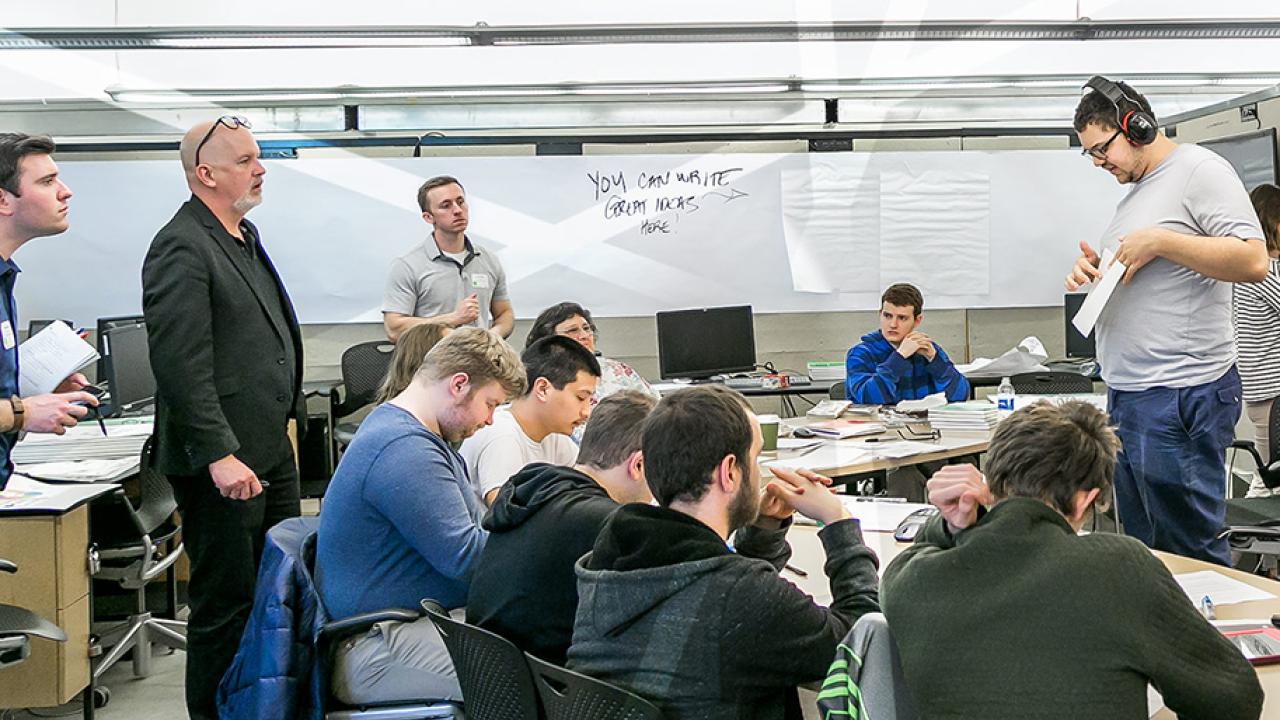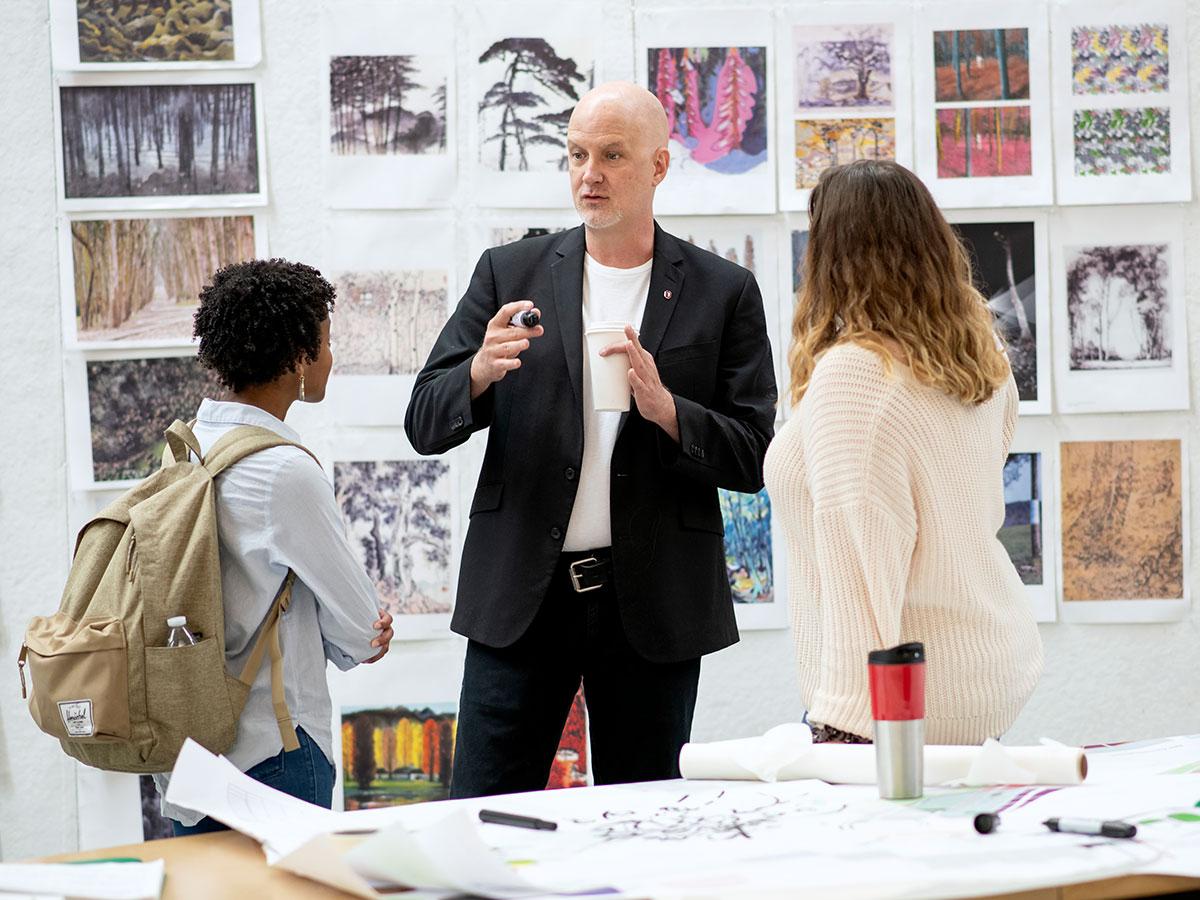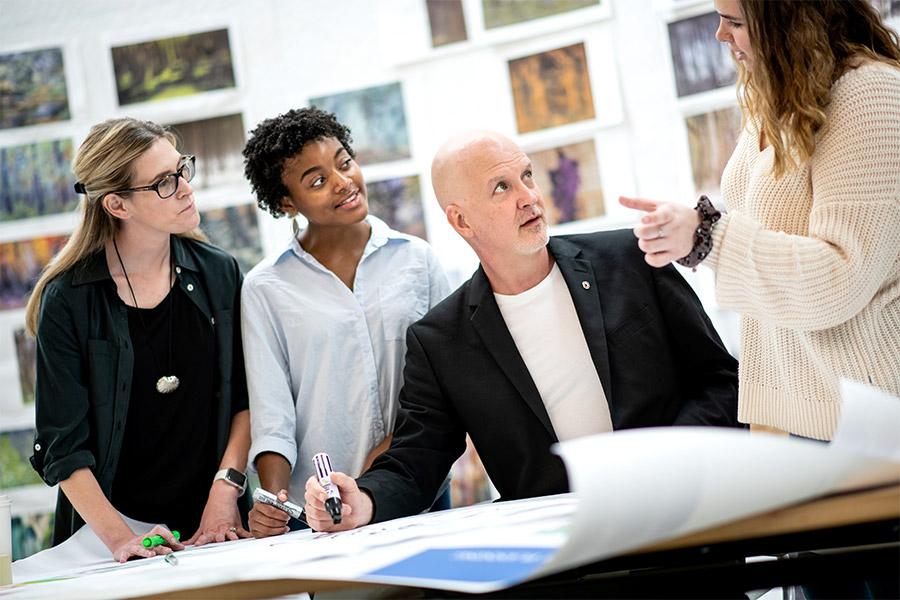Overcoming 'the cliff'
Throughout childhood and adolescence, people with autism often have the support of educational and social services. But as they enter adulthood, that support can end abruptly.
It’s been described as a cliff.
“People with autism have a lot of social anxiety. Dealing with issues in the world can be terrifying for them,” said Dr. Emilio Amigo, a Columbus-based clinical psychologist and research partner to Ezell. “Adults with autism are overlooked in the planning process; they remain more socially isolated and generally lack confidence in navigating public transportation and securing housing. The absence of accommodations in their communities makes their journey out of their bubble even harder.”
Each year in the coming decade, 50,000 children with autism will enter adulthood, according to autismspeaks.org.
Justin Stein, a central Ohio teenager who has autism, is one of them. His father, Rick Stein, is an Ohio State alumnus and trustee of the nonprofit Autism Living. Concerned for his son’s future, Rick Stein asked Ezell and members of Ohio State’s City and Regional Planning program how they could create environments where those with autism can thrive.
Ezell brought the question to his students, who did extensive research to dig up any autism-specific policies around the country.
They found none.
“While there is related research on physical disabilities, there is virtually no literature in the planning field on cognitive disabilities such as autism,” Ezell said. “The work that follows will forge a new trail in the planning practice for this underserved group.”
So Ezell and his 33 graduate and undergraduate students joined 37 professionals — planners, public health officials, disability professionals and activists, architects, engineers and neuroscientists — to create a resource to help cities become more welcoming. The group then gained invaluable information and feedback from people within the ASD community to hone their planning.


